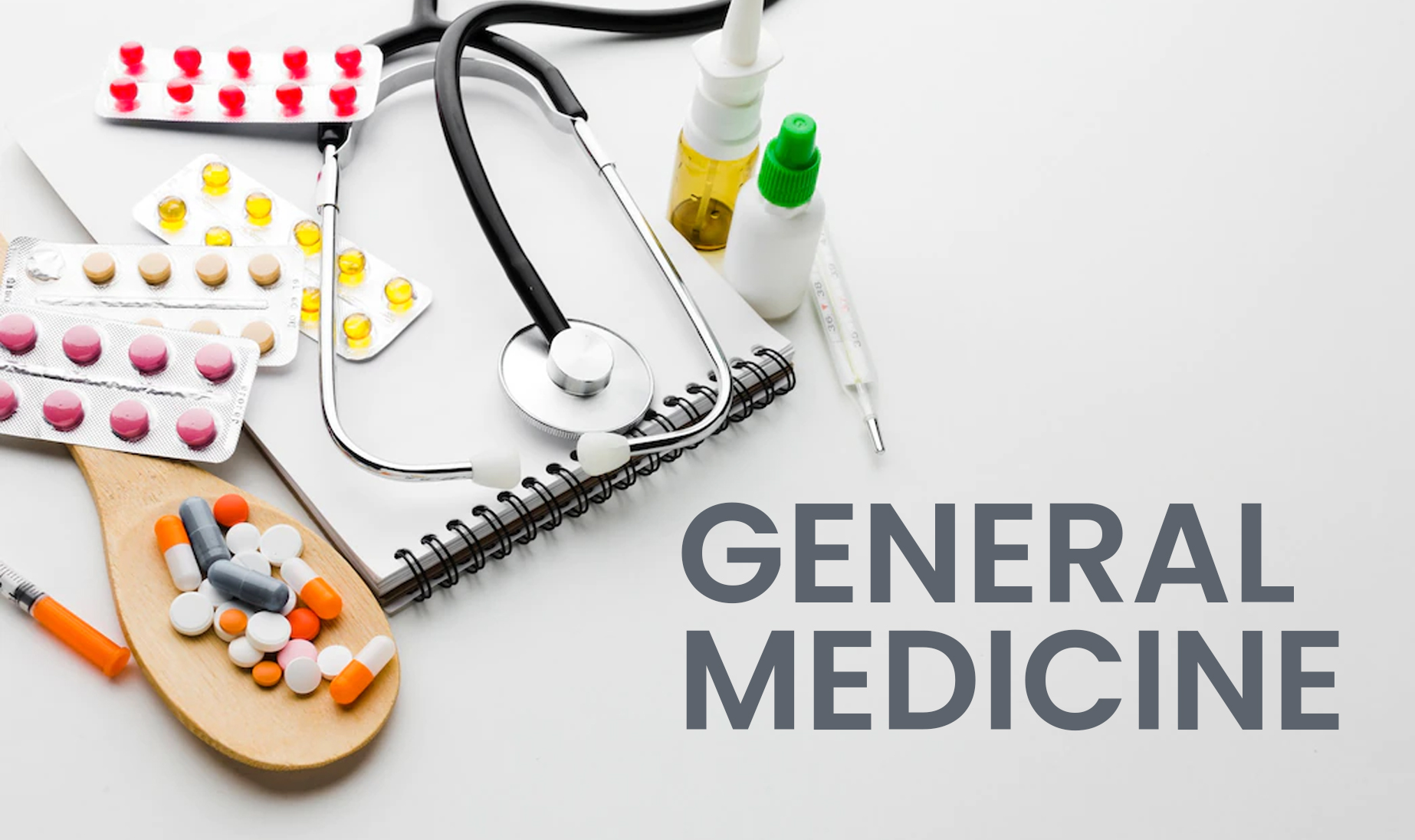
Physical Examinations
Physical examinations serve multiple purposes, including:
- Diagnostic evaluation: Identifying signs and symptoms of medical conditions, injuries, or abnormalities through thorough assessment and clinical examination.
- Monitoring health status: Tracking changes in vital signs, physical findings, or laboratory values over time to monitor disease progression, response to treatment, or recovery from illness or injury.
- Preventive screening: Conducting routine screenings, assessments, or examinations to detect early signs of disease, assess risk factors, and promote preventive interventions or health promotion strategies.
- Establishing baseline health: Establishing a baseline of normal findings for individual patients, allowing for comparison with future examinations and detection of deviations from baseline that may indicate health changes or concerns.
- Patient education: Providing patients with information, explanations, and demonstrations of normal anatomy, physiology, and health behaviors during physical examinations, promoting health literacy, self-awareness, and informed decision-making.
Components of Physical Examinations:
Physical examinations typically include the following components:
- Patient history: Gathering information about the patient’s medical history, including past illnesses, surgeries, medications, allergies, family history, social history, and current symptoms or concerns.
- Vital signs: Measuring vital signs such as blood pressure, heart rate, respiratory rate, temperature, and oxygen saturation to assess physiological status and overall health.
- General appearance: Observing the patient’s appearance, demeanor, posture, hygiene, nutritional status, and level of distress or discomfort.
- Head and neck examination: Assessing the head, face, eyes, ears, nose, throat, lymph nodes, thyroid gland, and cranial nerves for signs of abnormalities or pathology.
- Cardiovascular examination: Evaluating the heart and blood vessels through auscultation of heart sounds, palpation of peripheral pulses, assessment of jugular venous pressure, and inspection of the chest for signs of cardiac or vascular disease.
- Respiratory examination: Examining the lungs and respiratory system through auscultation of breath sounds, percussion of lung fields, assessment of respiratory effort, and evaluation of oxygenation and respiratory function.
Techniques Used in Physical Examinations:
Physical examinations may involve various techniques, maneuvers, or diagnostic tests to assess specific organ systems or functions, such as:
- Palpation: Using touch to assess for tenderness, masses, organ enlargement, or abnormal structures in different body regions.
- Percussion: Tapping on body surfaces to assess the density, resonance, or fluid content of underlying tissues or organs, particularly in the chest or abdomen.
- Auscultation: Listening with a stethoscope to detect heart sounds, lung sounds, bowel sounds, or vascular sounds, and identify abnormal sounds or murmurs.
- Visual inspection: Observing body regions, mucous membranes, or skin surfaces for color changes, swelling, deformities, wounds, or signs of inflammation or infection.
- Range of motion testing: Moving joints passively or actively to assess flexibility, mobility, and joint function, and detect restrictions, stiffness, or pain.
- Neurological testing: Performing specific maneuvers or tests to assess sensory perception, motor strength, reflexes, coordination, balance, or mental status, and evaluate neurological function.
What is the purpose of physical examinations?
Physical examinations serve various purposes, including diagnostic evaluation, monitoring health status, preventive screening, establishing baseline health, and patient education.
What are the components of physical examinations?
Components of physical examinations include patient history, vital signs assessment, general appearance evaluation, head and neck examination, cardiovascular examination, and respiratory examination, among others.
What techniques are used in physical examinations?
Techniques used in physical examinations include palpation, percussion, auscultation, visual inspection, range of motion testing, and neurological testing, among others, to assess different organ systems or functions.
How does a physical examination contribute to patient care?
Physical examinations contribute to patient care by identifying signs of illness, monitoring disease progression, detecting early signs of disease, establishing baseline health, promoting preventive interventions, and educating patients about their health status and behaviors.
Why is it important to take vital signs during a physical examination?
Taking vital signs during a physical examination is important for assessing physiological status, detecting abnormalities or changes in vital functions, monitoring overall health, and guiding diagnostic and therapeutic interventions.
What role does patient history play in physical examinations?
Patient history provides valuable information about the patient’s medical background, symptoms, risk factors, and concerns, guiding the physical examination process, prioritizing assessments, and informing diagnostic decision-making and treatment planning.
General Medicine Procedures
- Blood Pressure Monitoring
- Blood Tests (Complete Blood Count, Lipid Profile, Blood Glucose)
- Chronic Disease Education and Management
- Diabetes Management
- Electrocardiogram (ECG or EKG)
- Health Screenings (Cancer, Diabetes)
- Lifestyle Counseling (Diet, Exercise)
- Management of Acute Illnesses
- Management of Chronic Diseases
- Medication Management
- Physical Examinations
- Referral to Specialty Care when needed
- Vaccinations and Immunizations
- X-rays and Imaging Studies




